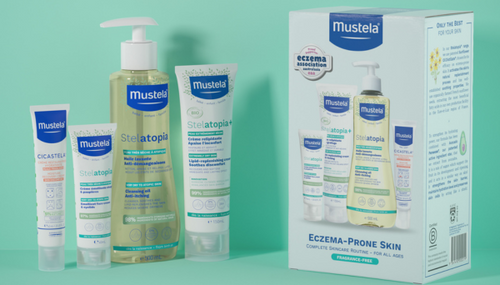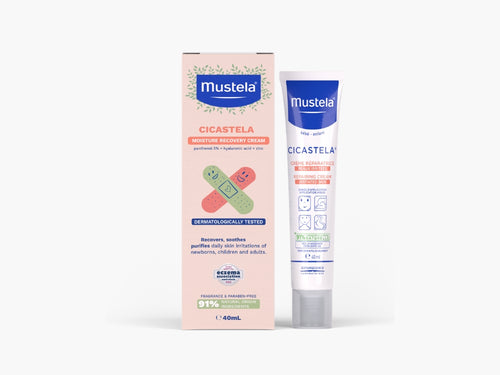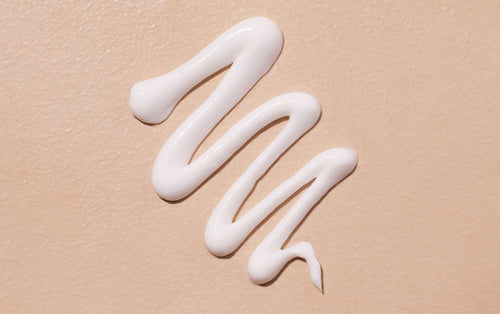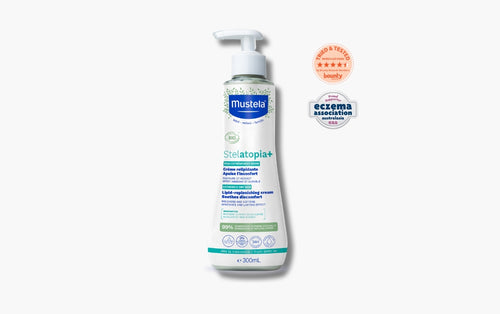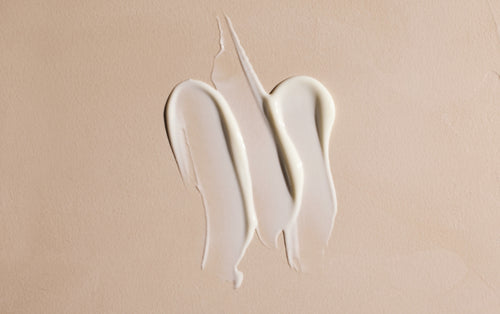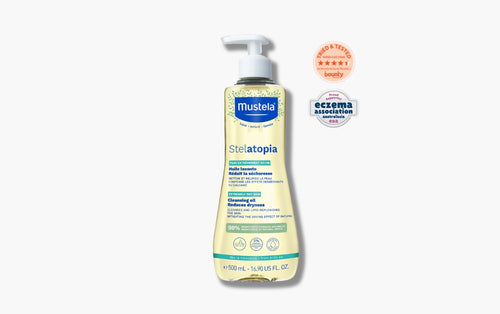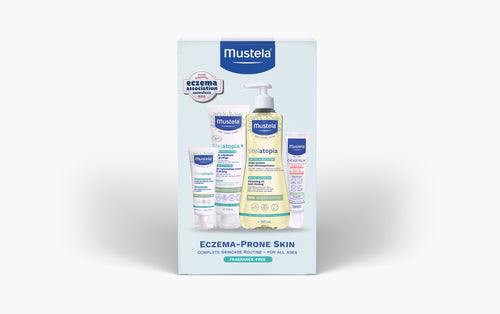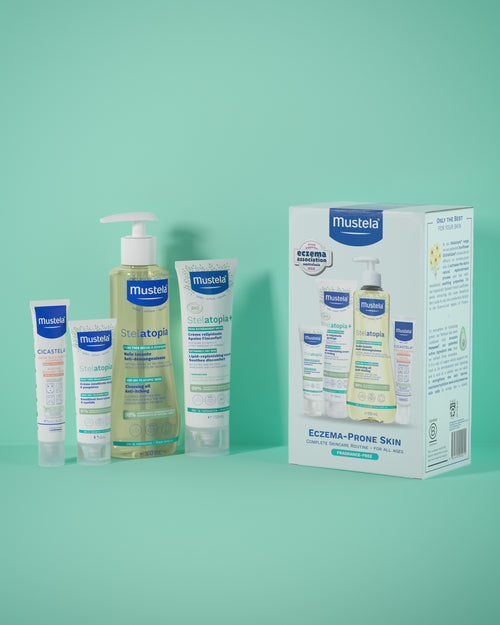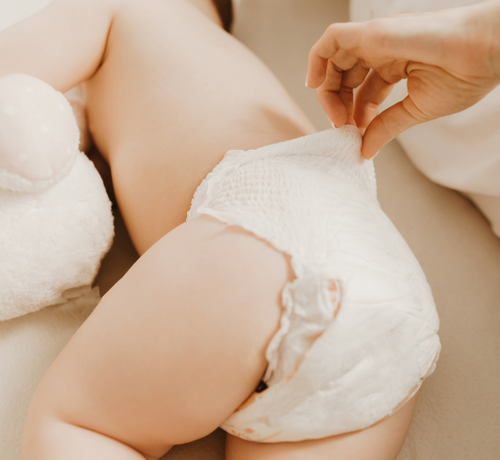UV rays
The sun gives off a variety of light rays that reach the Earth: ultraviolet (UV) rays, visible light and infrared radiation. UV rays represent only a small fraction of the solar energy we receive, but they have a major impact on skin. Ultraviolet radiation can be divided into several categories, depending on its wavelength:
• UVA rays, which have the longest wavelengths, are responsible for quick tanning but also for skin ageing and wrinkles, because they penetrate deeply into skin tissue and cause damage.
• UVB rays, which have a medium wavelength, are responsible for slow tanning, sunburn, ageing of the skin and also skin cancer. They are extremely hazardous to the body.
• UVC rays, which have the shortest wavelengths, are the most harmful. Fortunately, these rays do not reach the Earth’s surface, because they are absorbed by the atmosphere.
When a baby’s skin is exposed to the sun
Adult skin can protect itself against the sun so long as it is not exposed for too long. The top layer of the skin, along with melanin and the body’s cell repair mechanisms, all help to provide this natural photoprotection. But in babies and young children these protective defenses are still immature, which makes them especially vulnerable to the sun:
• A baby’s skin is finer and more sensitive.
• Its protective barrier mechanism has only limited effect, and UV rays can penetrate more easily.
• The immune system in babies is still immature and cannot adequately defend their skin against UV rays.
• And their pigmentary system, which is designed to protect their skin, has not yet fully developed.
• Infants’ skin is rich in unique but fragile cell potential that needs to be protected to ensure their long-term health.
• In addition, babies do not yet perspire very much, which makes them more sensitive to fluctuations in temperature, sunburn and dehydration.
The harmful effects of sunlight
Sunburn, immediate and painful, is not the only result of excessive exposure to UV rays. Over the years, extended exposure to the sun and repeated sunburn leads to accelerated ageing of the skin and a weakened immune system, and in some cases can cause skin cancers and cataracts that can lead to blindness.
Moreover, overexposure to the sun during childhood has harmful and irreversible effects on the skin’s defense system: toxic free radicals accumulate in the skin, while its ability to repair itself diminishes and skin cells are permanently damaged. As a result, skin that has been weakened by sunburn, especially before the age of 10, will always remain vulnerable.
It’s therefore essential to limit your baby’s exposure to the sun as much as you can and provide the best possible skin protection, with high-factor sunscreen (SPF 50 or above) specially designed for children and suited to your baby’s skin type. By protecting your child from the sun, you’ll help to significantly reduce the risk of his developing skin cancer as an adult.
To learn more about the right steps you can take to protect your child from the sun, consult our consumer tip sheet.


